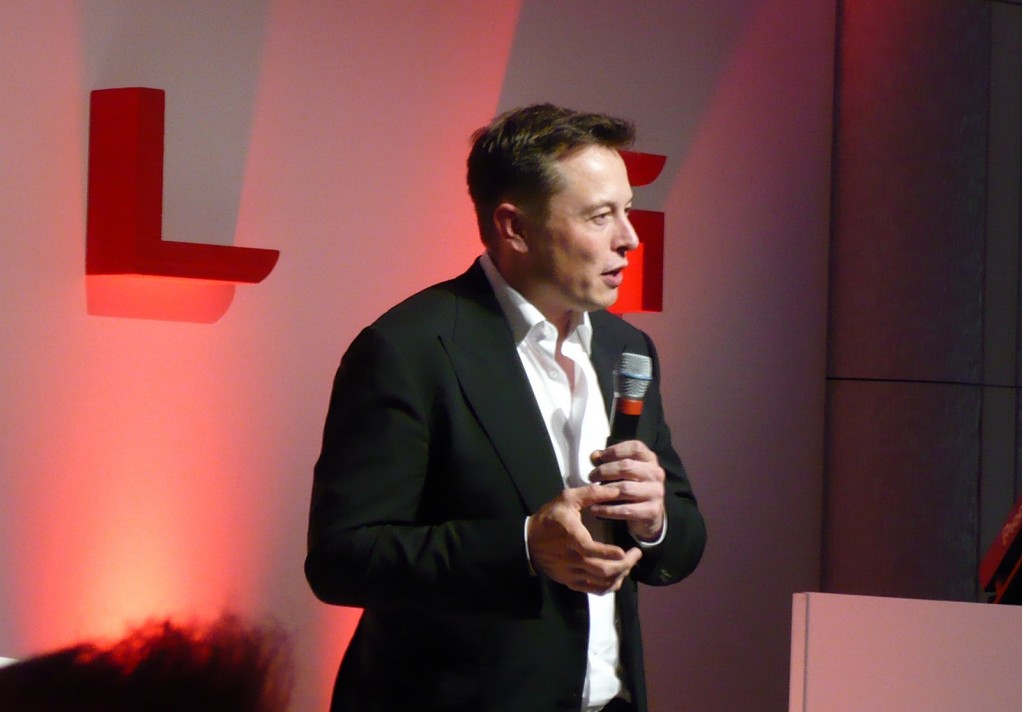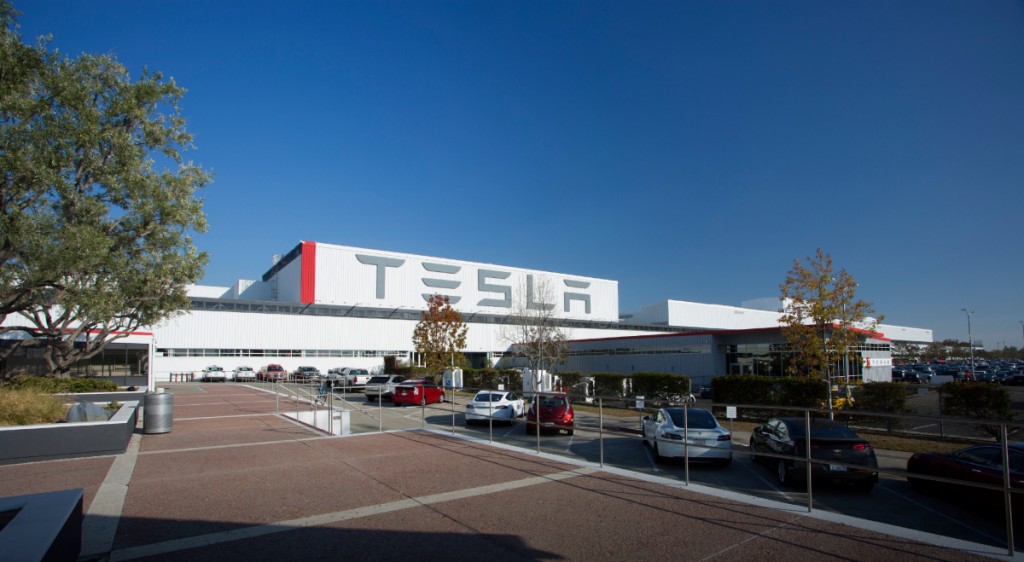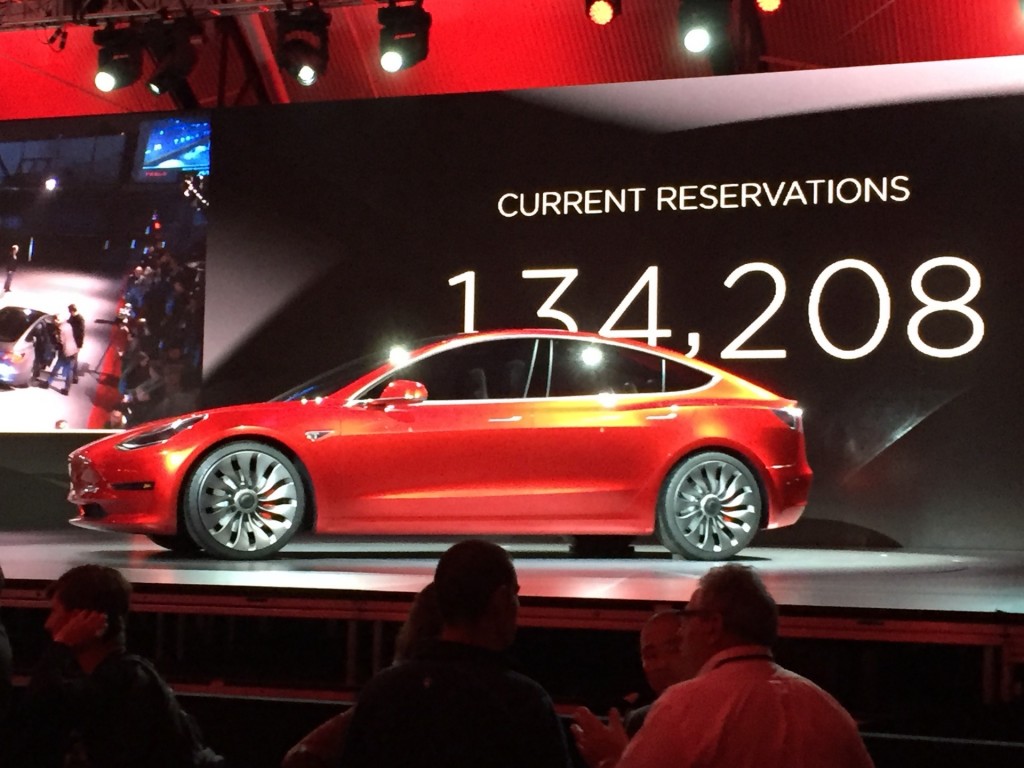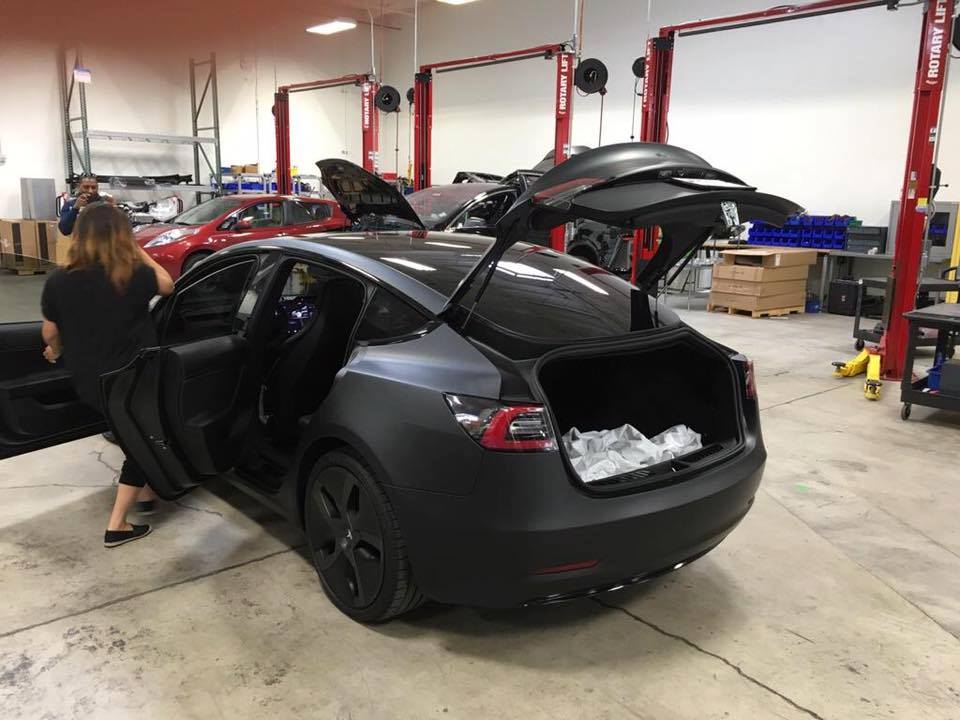It's one of the most fascinating sets of questions in the auto industry.
How quickly can Tesla Motors put its Model 3 electric car into production? And when? How many cars can it build this year? How many can it deliver to paying customers?
At a promised starting price of $35,000, the Model 3 is not only Tesla's latest moonshot but the car that the company hopes will make it a mass-market producer—and profitable.
READ THIS: Tesla Model 3 targets: 100K in 2017, 400K in 2018, say skeptical suppliers (May 2016)
A review of Tesla's statements and promises about Model 3 volume may be in order to start.
On the May 4 analyst conference call following release of Tesla's first-quarter 2016 earnings, CEO Elon Musk discussed the goal of starting production this coming July:
It is a bit of a confusing thing, and it does create some churn, because people are like, well, what's the real date?

Tesla Motors CEO Elon Musk at Tesla Store opening in Westfield Mall, London, Oct 2013
It's like, you have to take the July 1 [2017] date seriously in order for some date a few months later or some number of months later to actually be the real date.
So in order for us to be confident of achieving volume production of Model 3 by late 2017, we actually have to set a date of mid-2017 and really hold people's feet to the fire internally and externally to achieve an actual volume production date of late 2017.
So as a rough guess, I would say we would aim to produce 100,000 to 200,000 Model 3s in the second half of next year.
That's my expectation right now. Yeah, so that's the thing.

Tesla factory, Fremont, California
In other words, eight months ago, Tesla hoped to build at least 100,000 Model 3 cars between this July and December.
From the letter to shareholders on the results for that same quarter, the company wrote:
Given the demand for Model 3, we have decided to advance our 500,000 total unit build plan (combined for Model S, Model X, and Model 3) to 2018, two years earlier than previously planned.
Increasing production five fold over the next two years will be challenging and will likely require some additional capital, but this is our goal and we will be working hard to achieve it.
DON'T MISS: Tesla's new manufacturing chief has a lot on his plate (Model 3, mostly)
The company had 373,000 deposits of $1,000 each on the Model 3 as of last August, indicating that its planned 2017 production and some portion of 2018's are spoken for.
Last year, Tesla built 84,000 cars and delivered 76,000, which missed its lowered goal of 90,000.
So can Tesla actually produce 100,000 Model 3 cars by December 31?

Tesla Model 3 design prototype - reveal event - March 2016
The consensus among auto-industry executives and analysts, financial analysts, and others is that it would be a stretch.
One new estimate came to light recently, however, delivered by a longtime Tesla booster, analyst Adam Jonas of Morgan Stanley (which has underwritten financial offerings for the company).
On January 19, Street Insider covered his revised forecast for Tesla Motors, which not only upgraded his recommendation on the stock but also revised his estimates of its vehicle production.
CHECK OUT: What will be the most unexpected thing about Tesla Model 3? Poll results
Previously, Jonas had projected that Model 3 production would start only at the end of 2018—with no cars at all produced this year.
His revised projections add "75K additional units of Model 3 to our 2018 estimate and nearly 100K units to our 2020 estimate," bringing the latter to 350,000.
In other words, an analyst who's largely a company booster feels it will build 75,000 Model 3 cars next year—and effectively none this year.

Tesla Model 3 spotted at service center
If that is the case, it would appear that even if 100 percent of its depositors convert to buyers, the most recent may wait until the end of 2020 to get their cars.
As always with Tesla, predictions and projections cause lots of ruckus among advocates, supporters, detractors, and investors on either side of the buy-sell equation.
It's enough to make this site glad, once more, that it doesn't traffic in financial predictions.
_______________________________________












